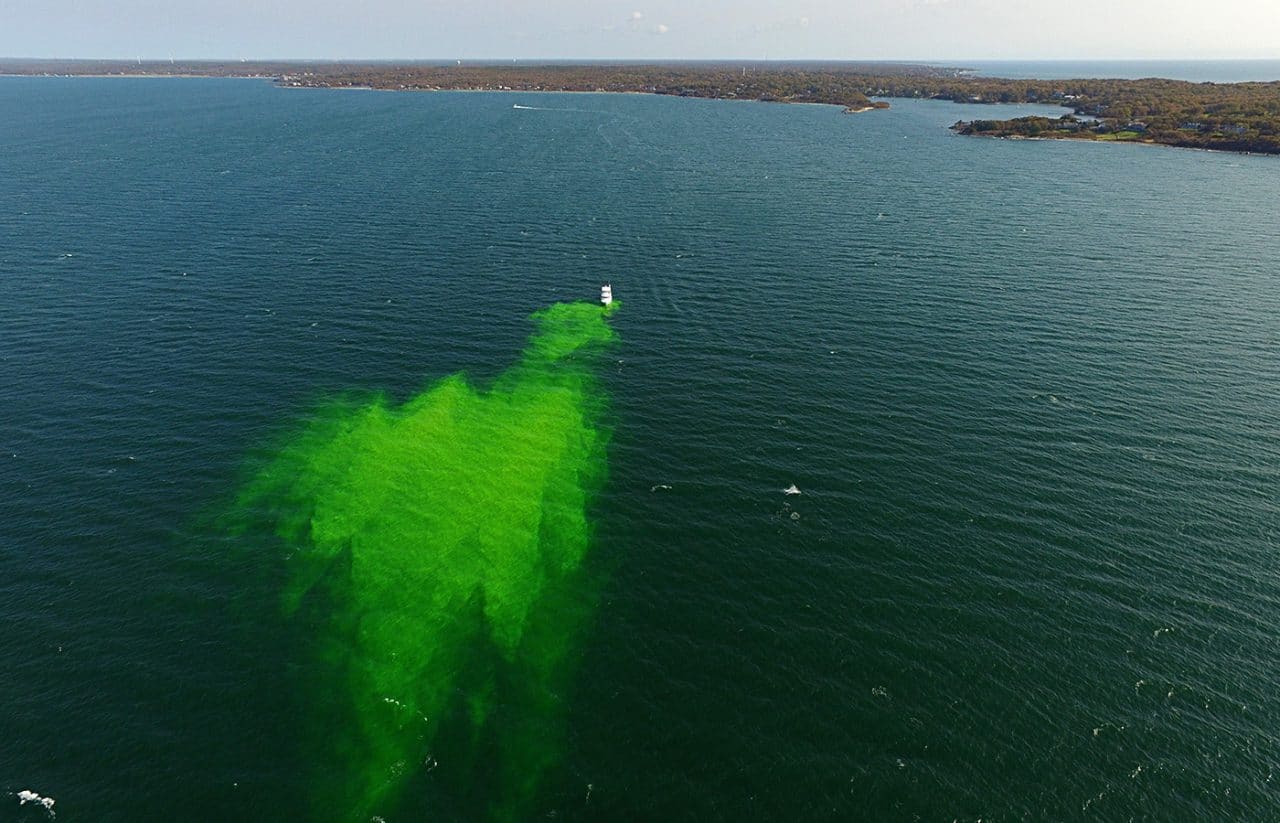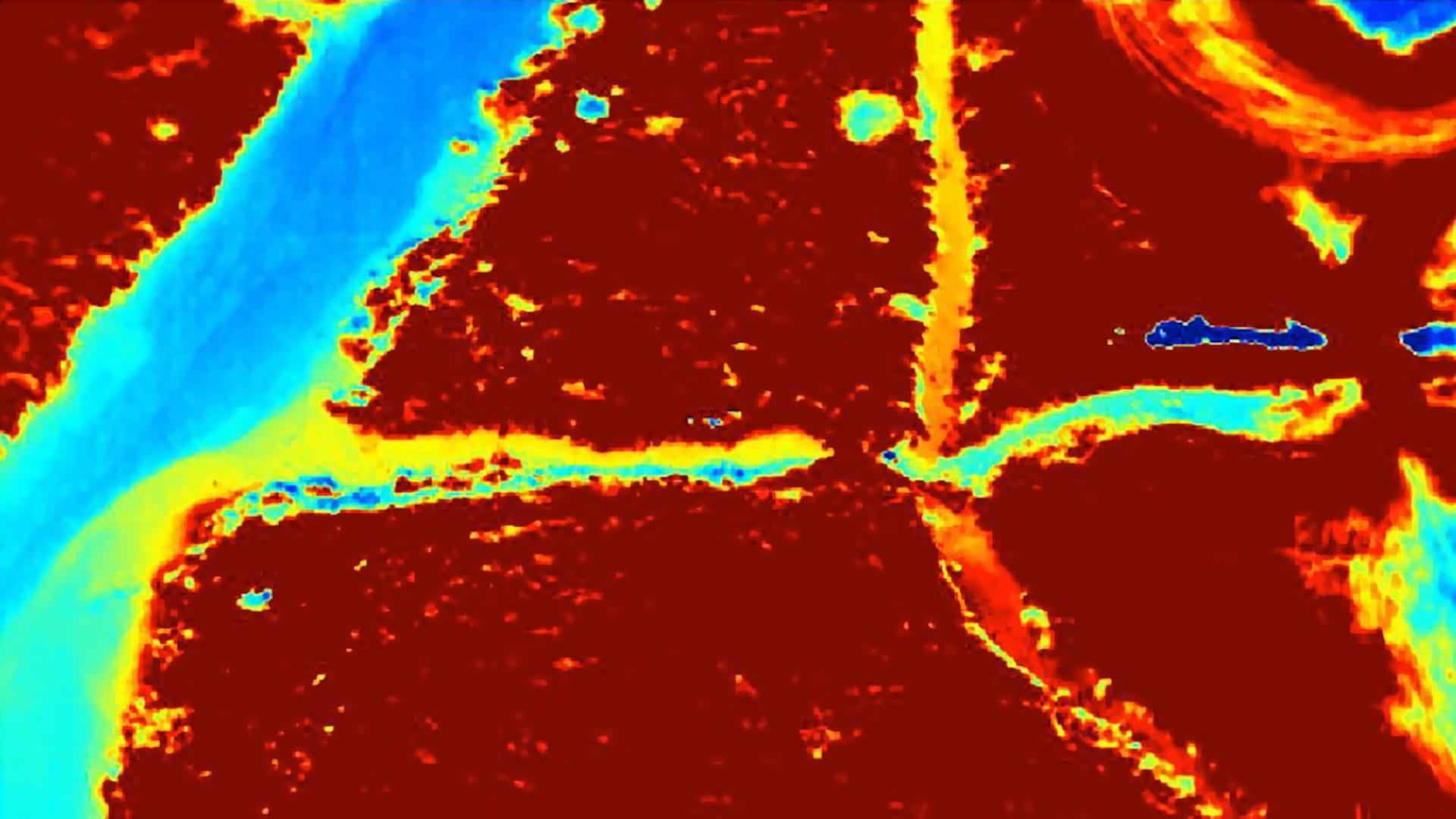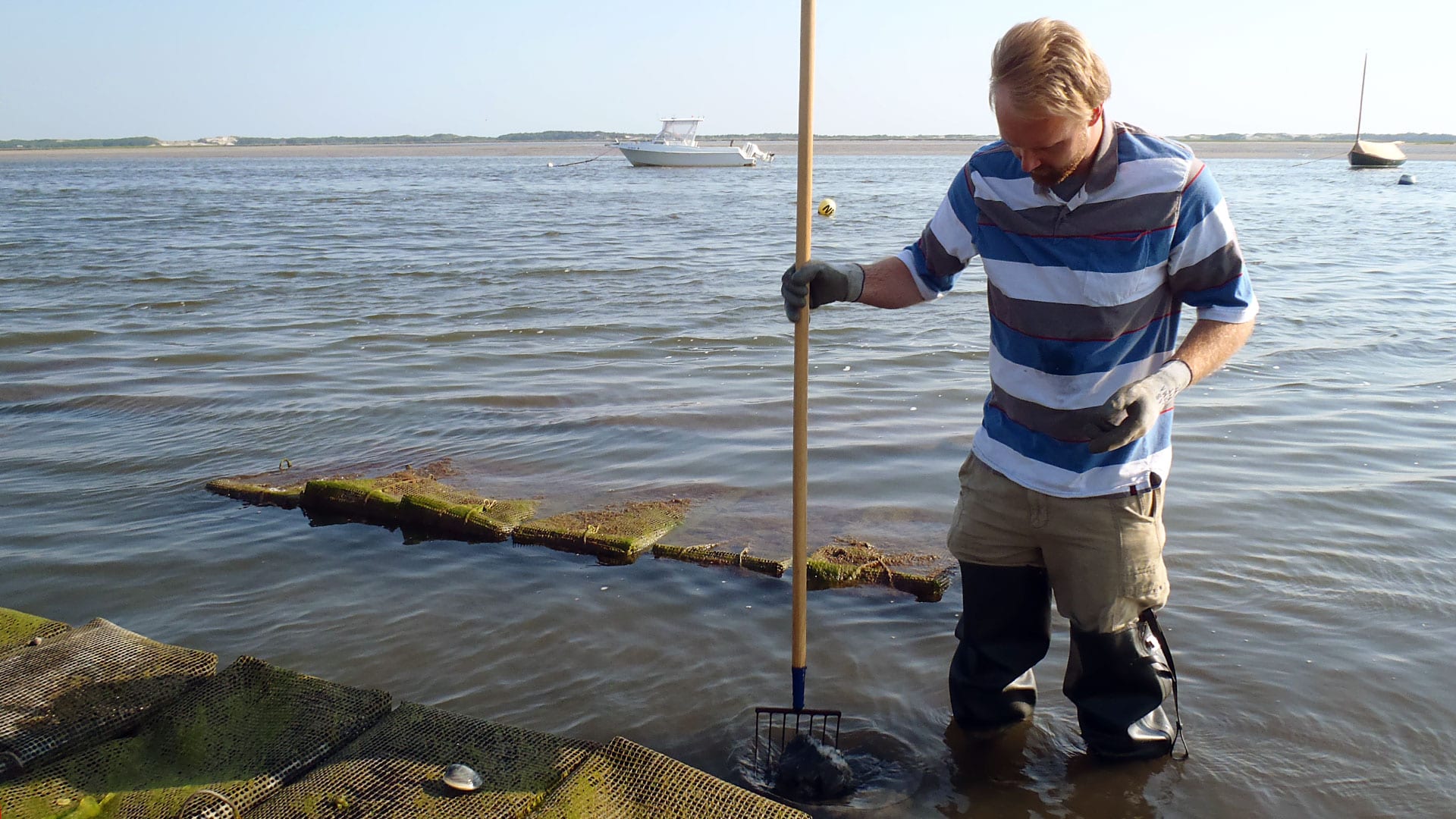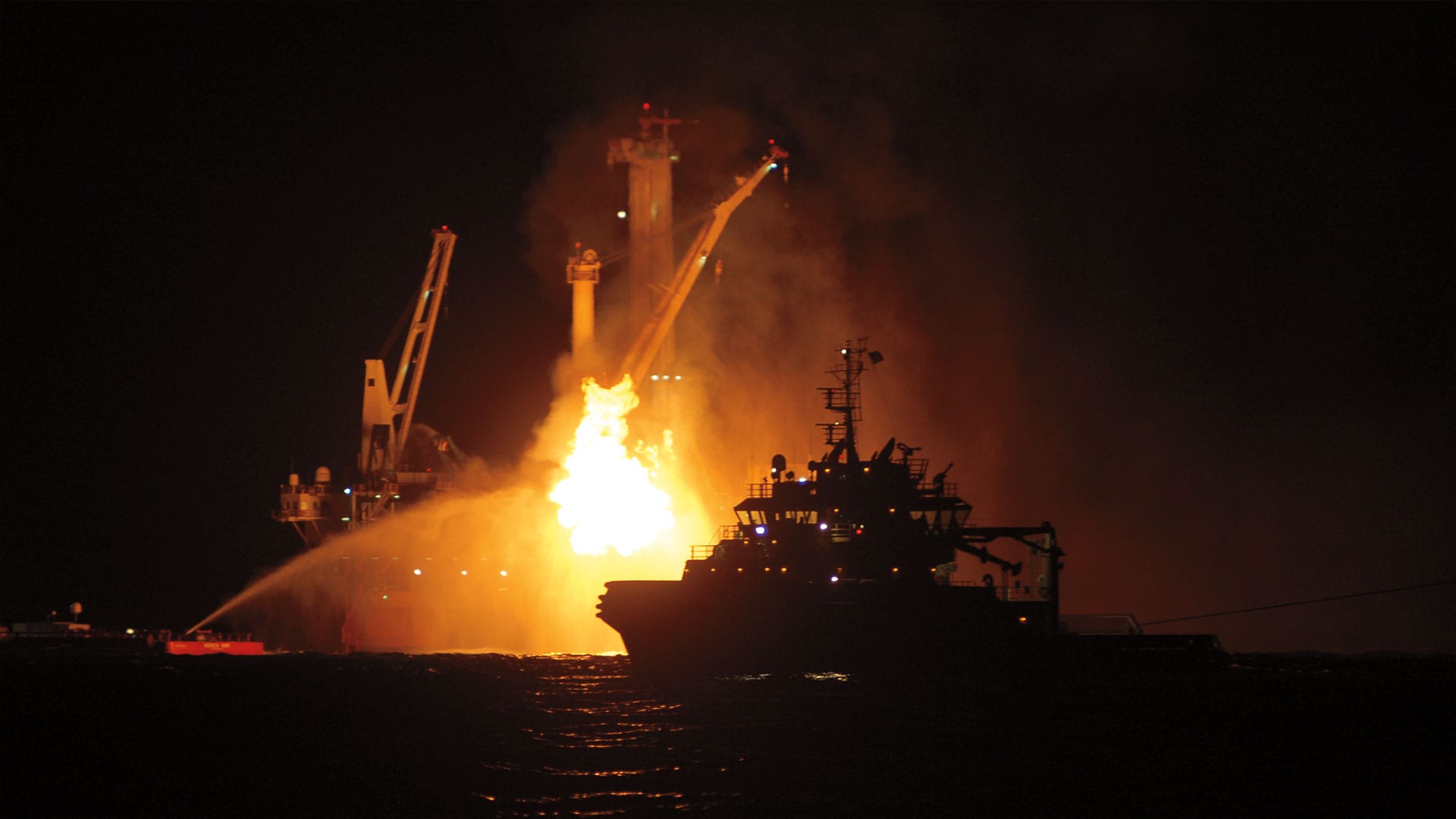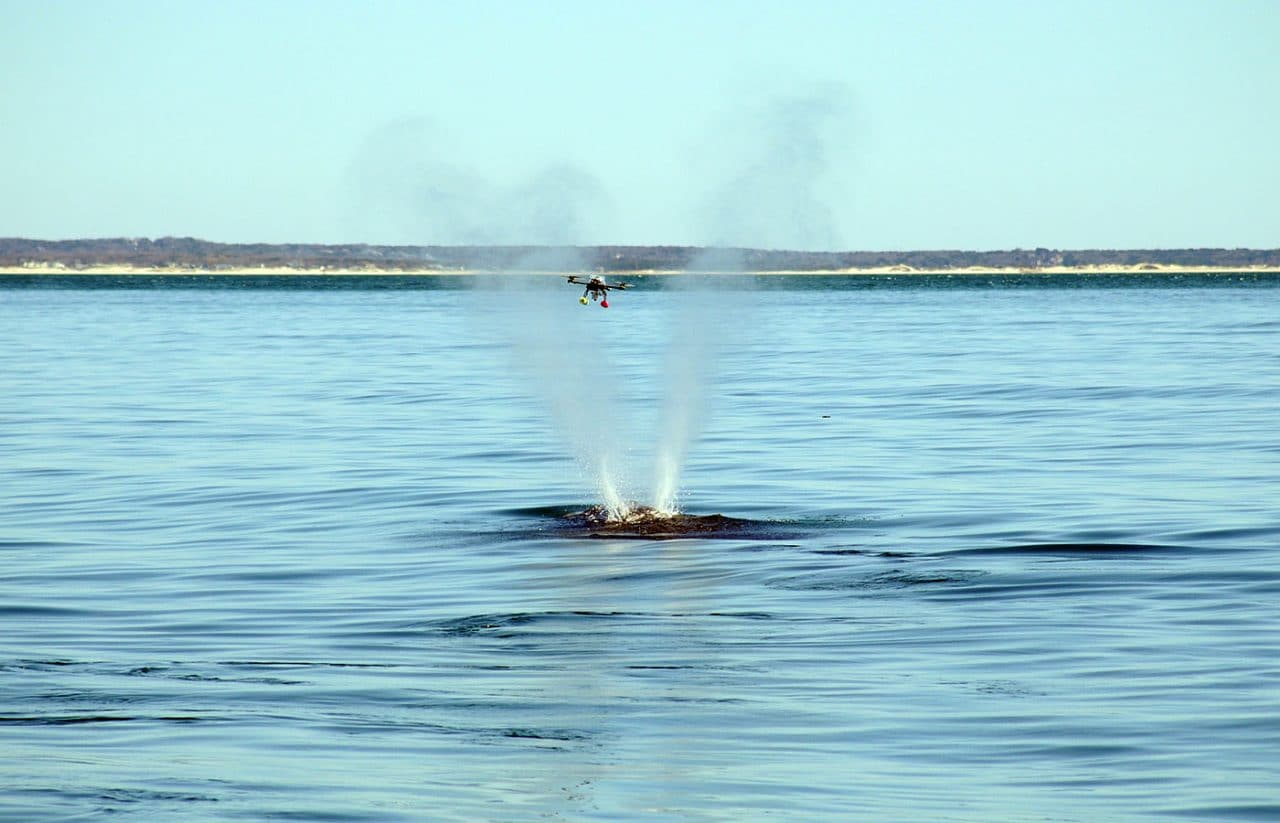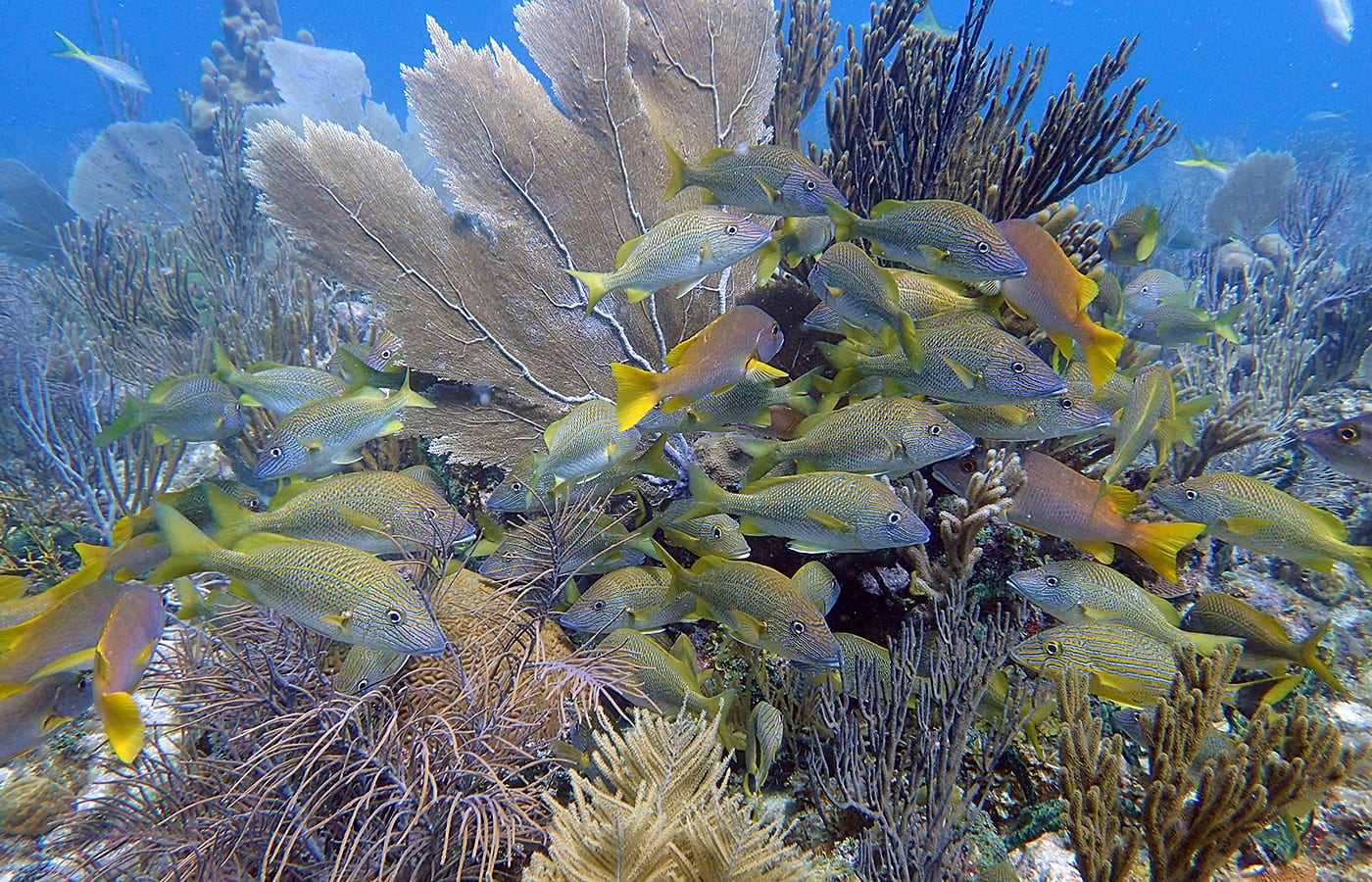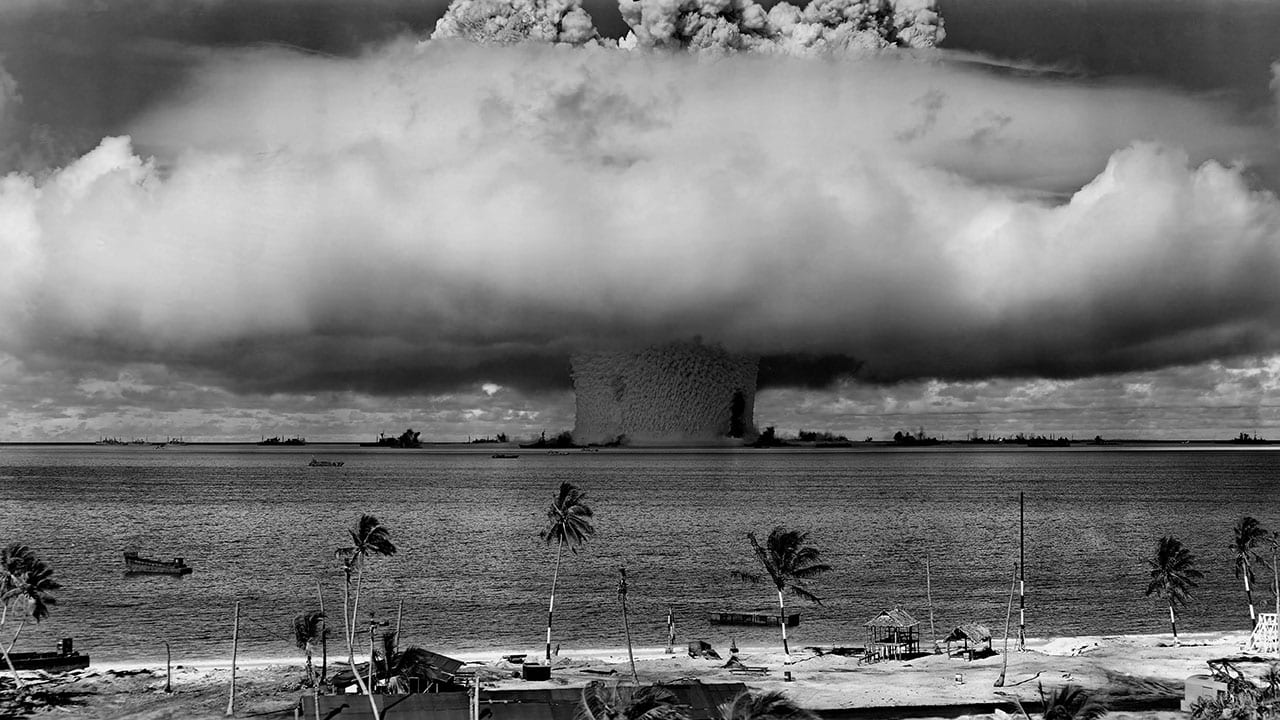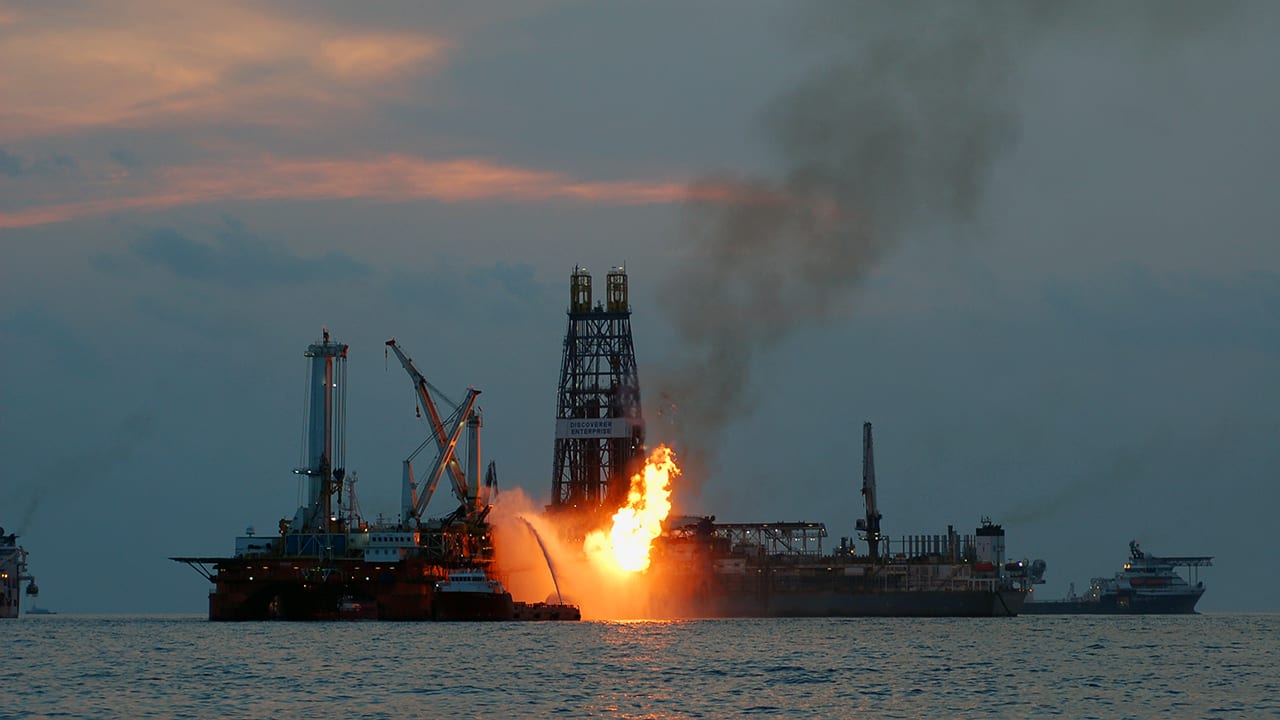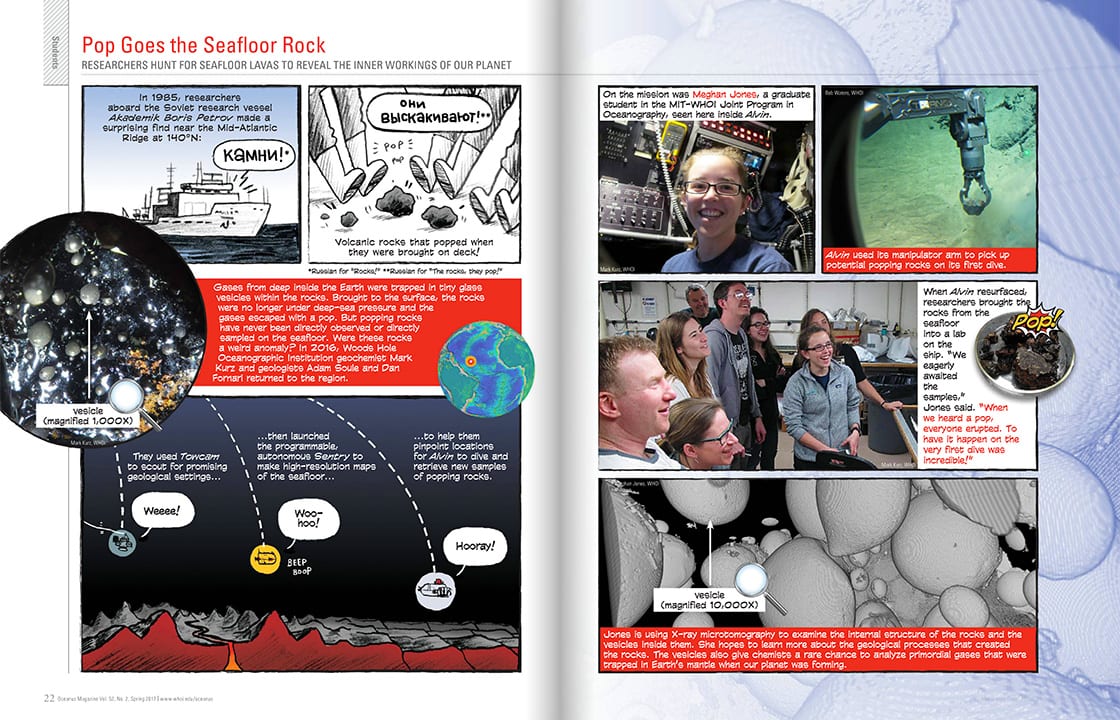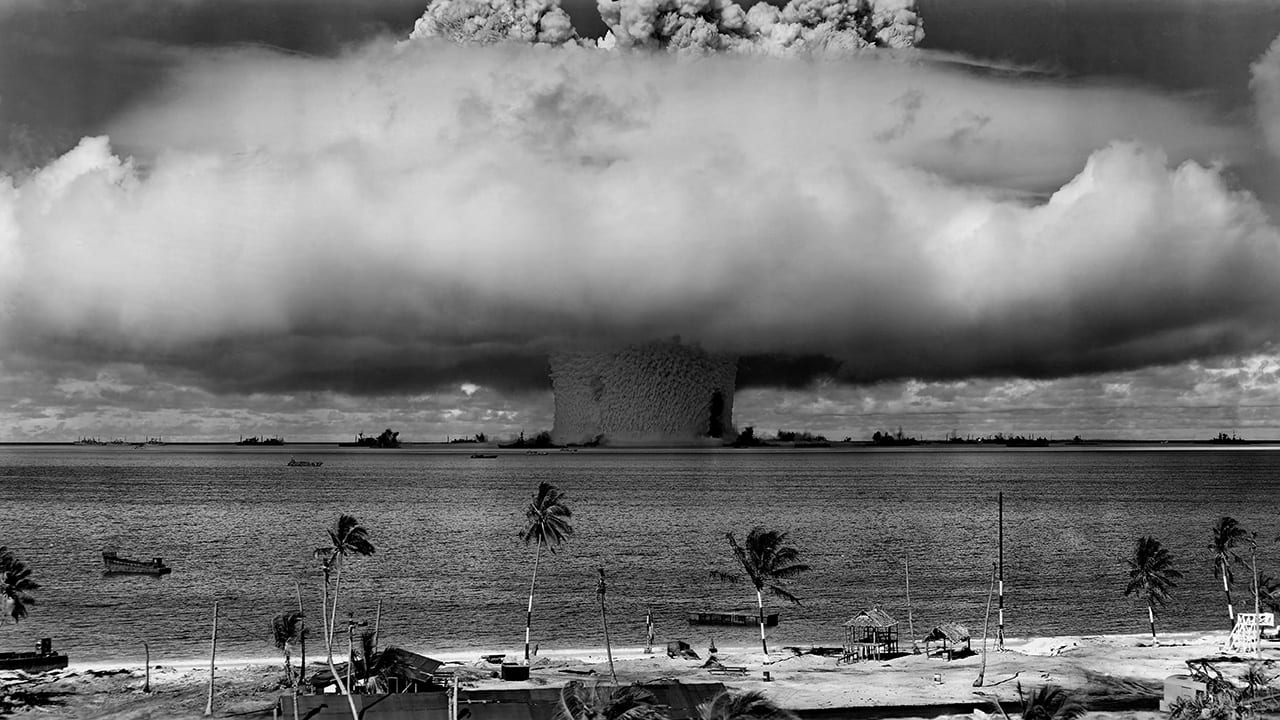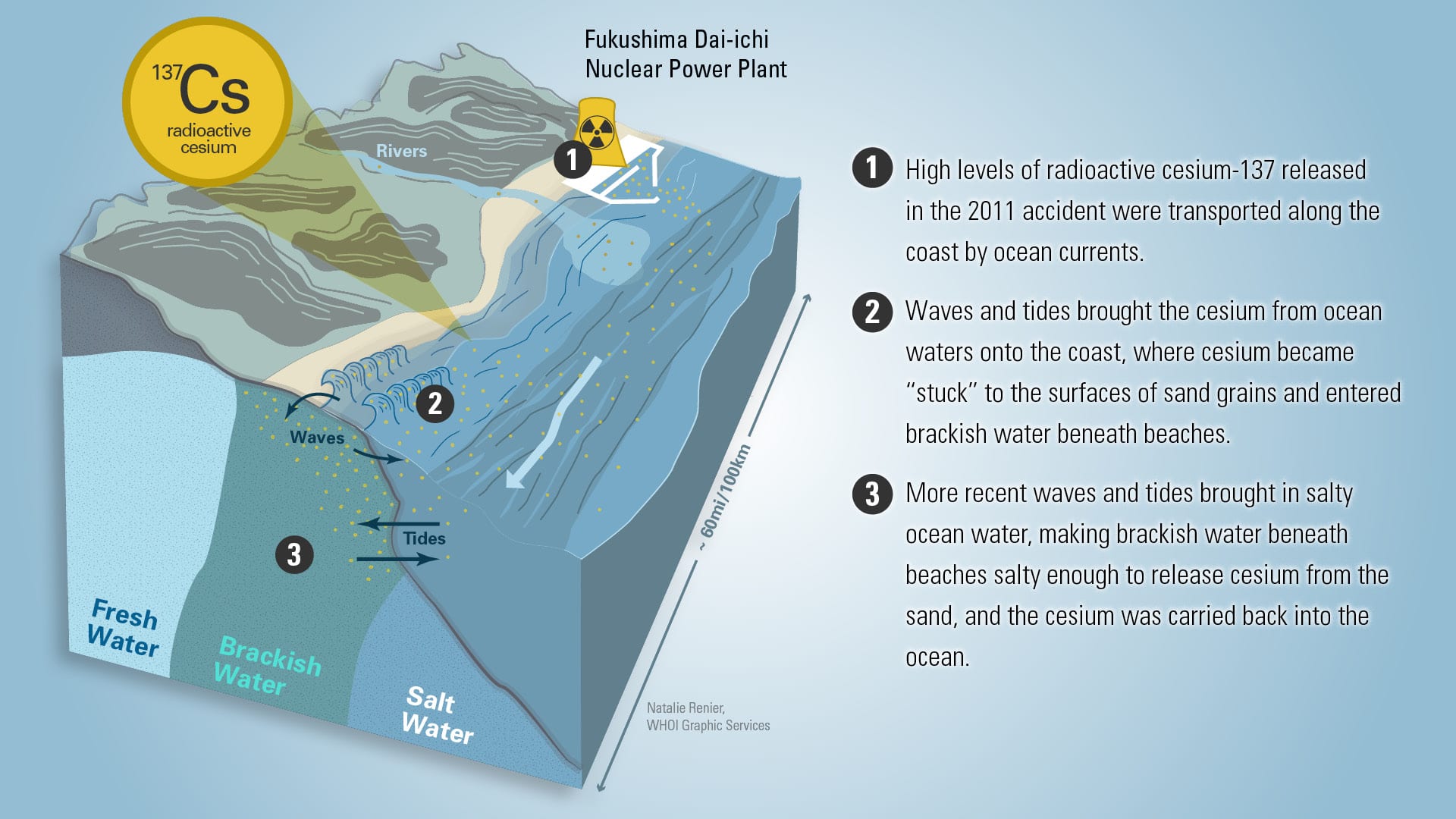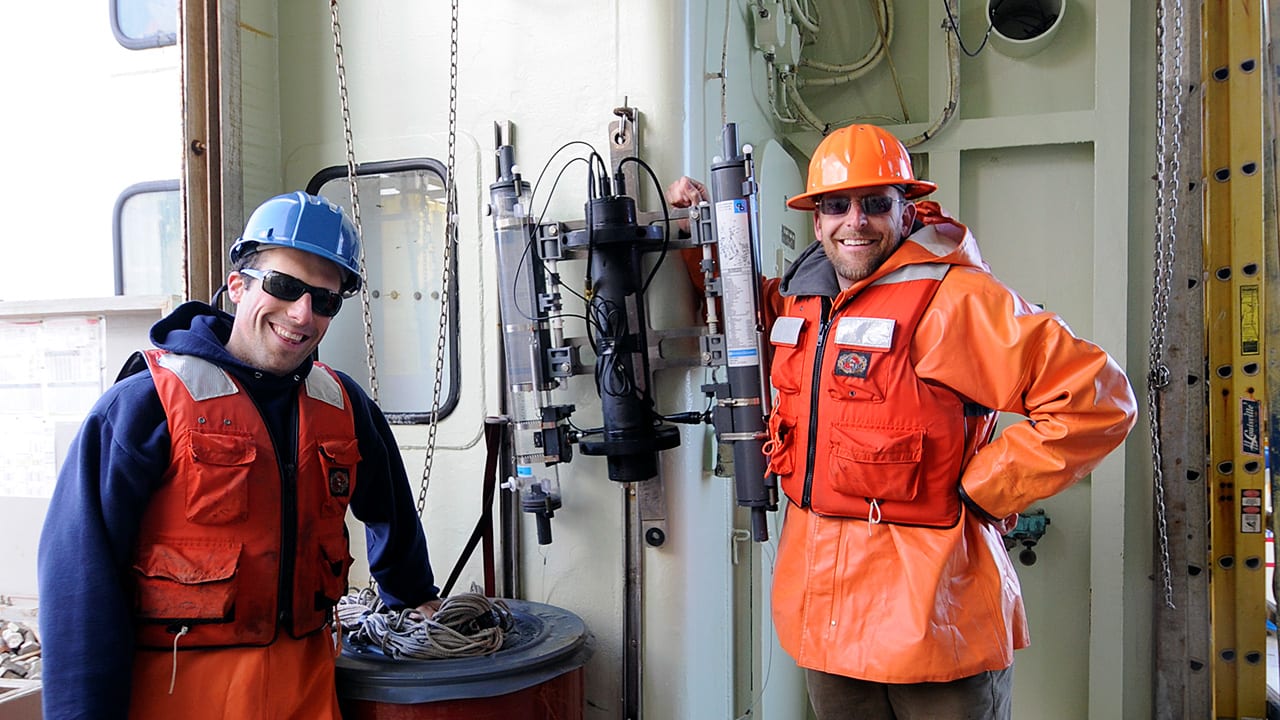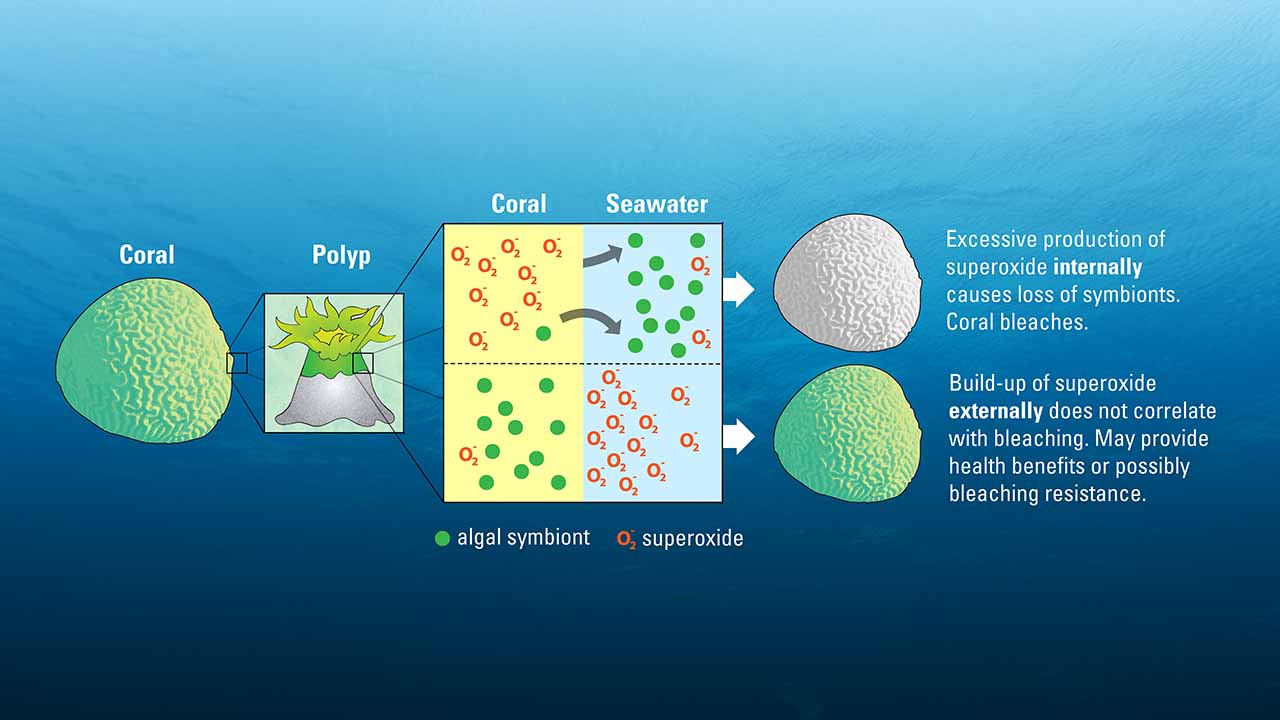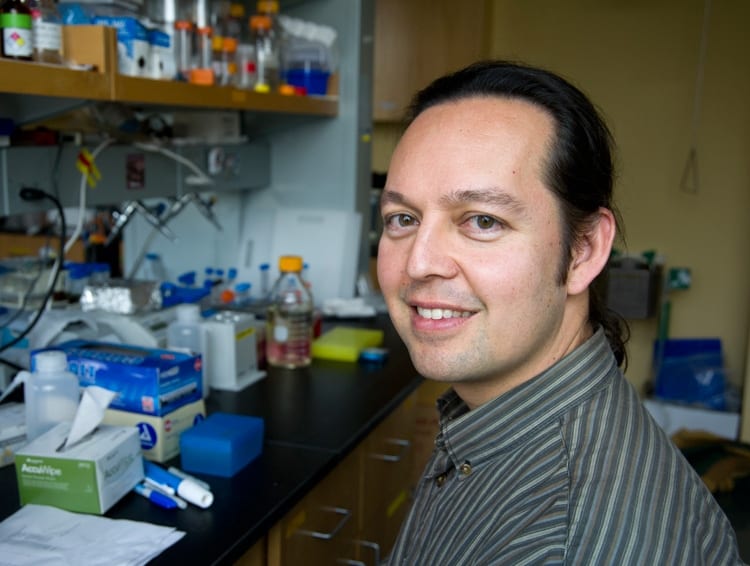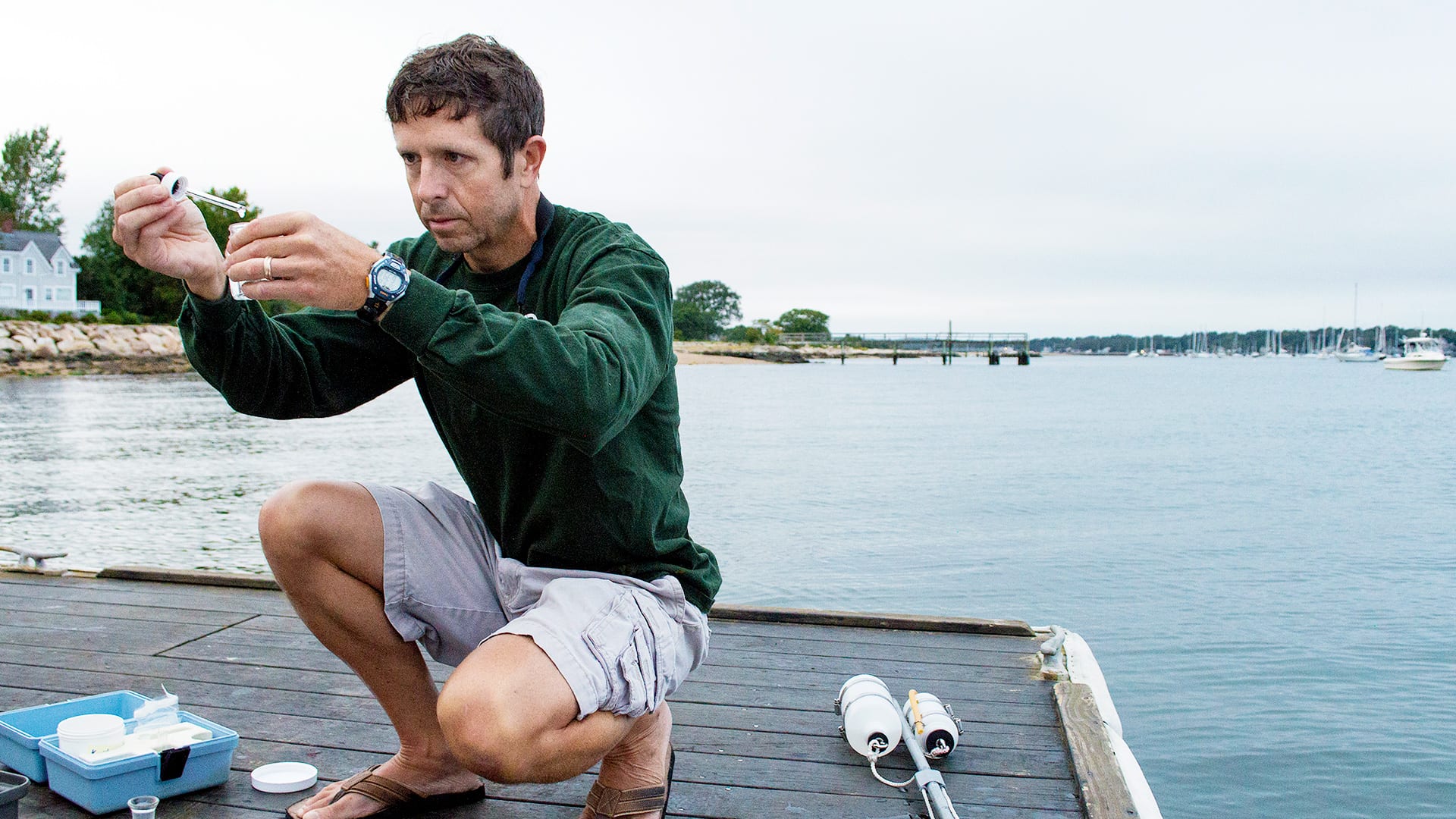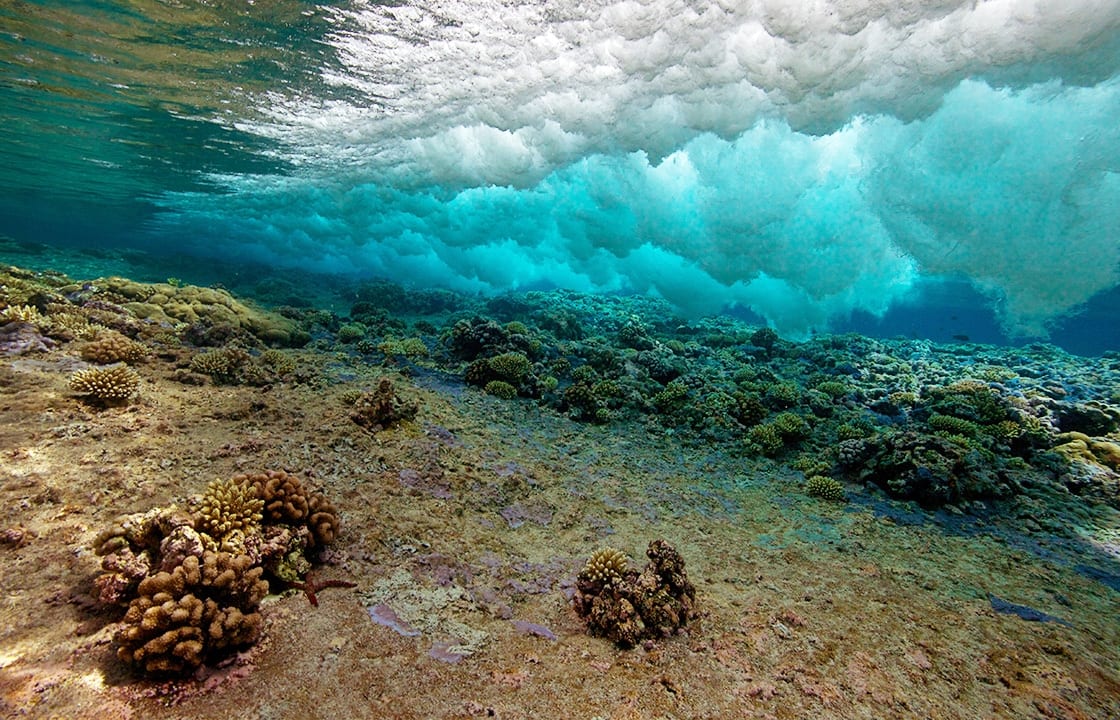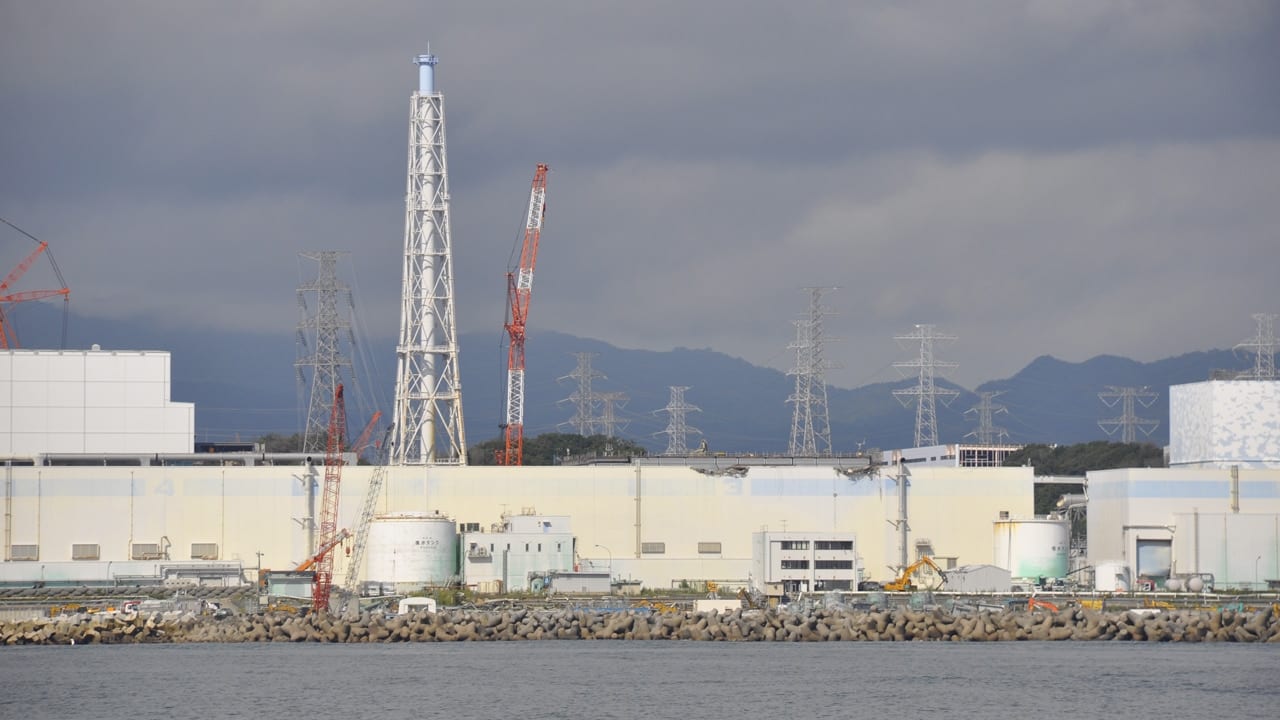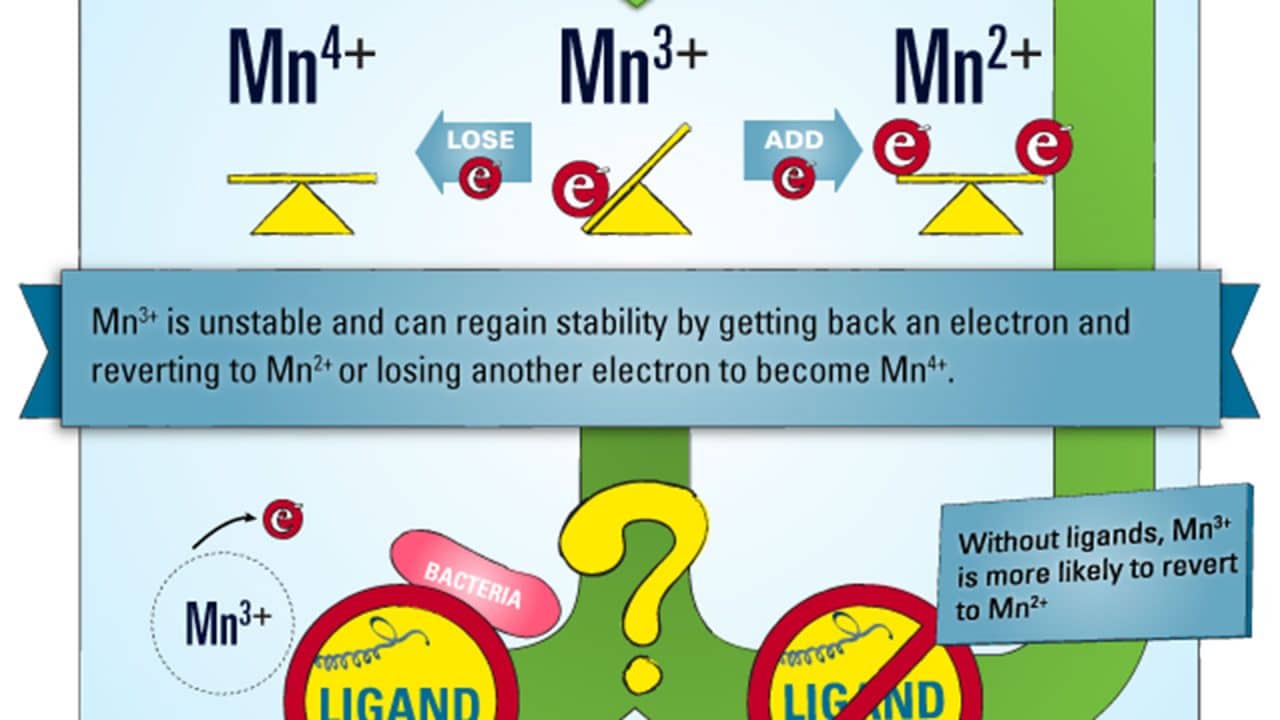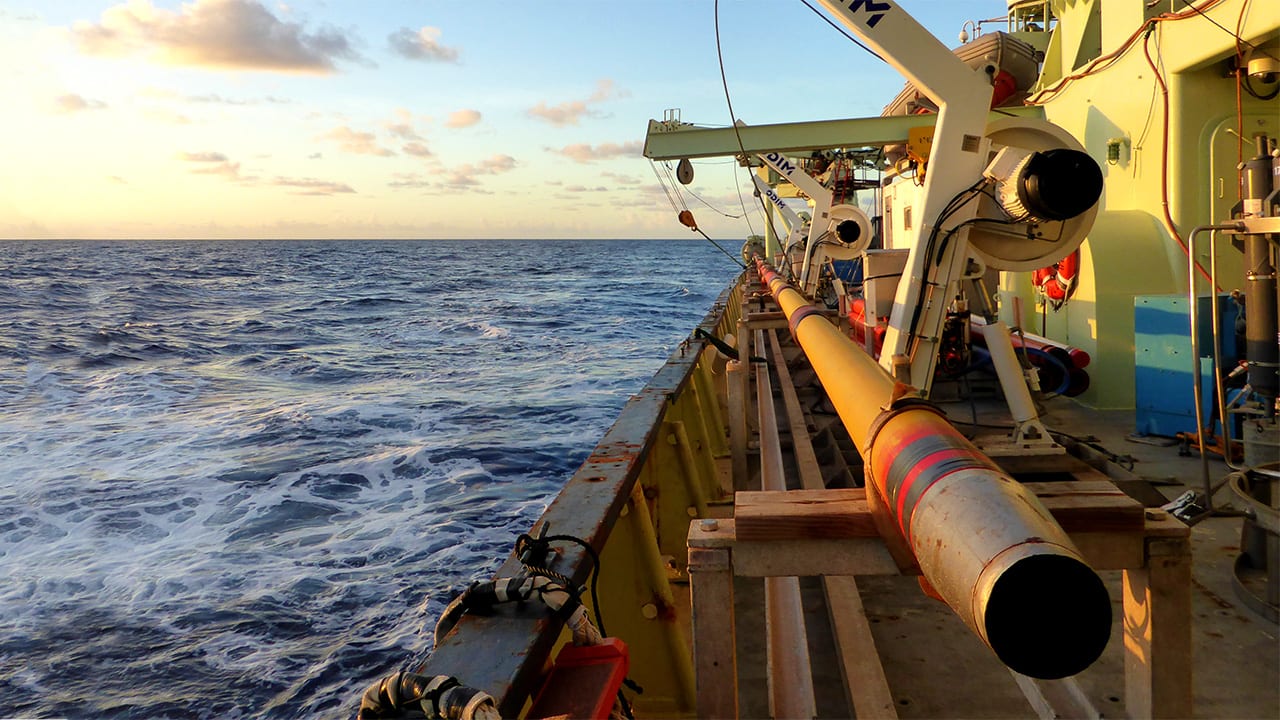Marine Chemistry & Geochemistry
To Track an Oil Spill
WHOI scientists are helping to develop a robotic underwater vehicle that can track oil spills and help responders mitigate damage in remote or ice-covered areas such as the Arctic Ocean and the Great Lakes.
Read MoreUp in the Sky!
Nope, it’s not a bird or a plane. It’s a drone on a scientific mission to restore a river long impaired by dams and to help bring back populations of…
Read MoreCan Clams and Oysters Help Clean Up Waterways?
Towns in Cape Cod are looking to shellfish not only as culinary treats, but as a way to help clean up waters suffering from excess nitrogen. Nitrogen is an essential…
Read MoreDid Dispersants Help During Deepwater Horizon?
In the heat of the 2010 Deepwater Horizon disaster, U.S. government and industry responders had to make a crucial decision. They were facing an enormous oil spill, gushing uncontrollably from…
Read MoreScientists Reveal Secrets of Whales
Researchers have known for decades that whales create elaborate songs. But a new study has revealed a component of whale songs that has long been overlooked—sort of a booming baseline…
Read MoreIn the Gardens of the Queen
An unprecedented research cruise investigated one of the most beautiful and unexplored coral reefs in the Caribbean and fostered collaboration between U.S. and Cuban scientists.
Read MoreRadioactivity Lingers from 1946-1958 Nuclear Bomb Tests
Scientists have found lingering radioactivity in the lagoons of remote Marshall Island atolls in the Pacific Ocean where the United States conducted 66 nuclear weapons tests in the 1940s and…
Read MoreDid Dispersants Help Responders Breathe Easier?
Seven years after the disastrous Deepwater Horizon oil spill in the Gulf of Mexico, the decision to inject chemical dispersants into the deep ocean has remained contentious. New evidence reveals an unexpected benefit.
Read MoreDispersants Improved Air Quality for Responders at Deepwater Horizon
A study published Aug. 28, 2017, in the Proceedings of the National Academy of Sciences adds a new dimension to the controversial decision to inject large amounts of chemical dispersants immediately above the crippled oil well at the seafloor during the Deepwater Horizon disaster in 2010. The dispersants may have significantly reduced the amount of harmful gases in the air at the sea surface’diminishing health risks for emergency responders and allowing them to keep working to stop the uncontrolled spill and clean up the spilled oil sooner.
Read MorePop Goes the Seafloor Rock
WHOI scientists used the human-occupied submersible Alvin and the autonomous underwater vehicle Sentry to explore a surprising discovery: gas-filled volcanic rocks on the seafloor that “pop” when brought up to the surface.
Read MoreBack to Bikini
WHOI scientists returned to the Pacific islands of Bikini and Enewetak in 2015 to study radioactive contamination nearly 70 years after the U.S. used the islands for nuclear weapons testing. What they learned could also be applied to a more recent nuclear disaster: the 2011 Fukushima Daiichi reactor meltdown in Japan.
Read MoreRadioactivity Under the Beach?
Scientists have found a previously unsuspected place where radioactive material from the Fukushima Dai-ichi nuclear power plant disaster has accumulated—in sands and brackish groundwater beneath beaches up to 60 miles away.
Read MoreScientists and Navy Join Forces
When U.S. Navy were preparing a major NATO military exercise, they solicited help from WHOI scientists to plan how to mitigate potential environmental damage from oil spills.
Read MoreWhat Happened to Deepwater Horizon Oil?
Officials pumped a huge amount of chemicals into the deep ocean during the 2010 Deepwater Horizon oil spill in an effort to disperse the oil. A study published this week in the Proceedings of the National Academy of Sciences offers evidence that the dispersant may helped microbes break down the oil.
Read MoreNew Device Reveals What Ocean Microbes Do
Whether you’re a plant, animal, or even a microbe, you generally can’t conduct the business of living without exchanging oxygen. So just as you can figure out what’s going on…
Read MoreNew Studies Take a Second Look at Coral Bleaching Culprit
A new study from WHOI indicates that superoxide’a natural toxin believed to be the main culprit behind coral bleaching’may actually play a beneficial role in coral health and resilience.
Read MoreNew Study Explains Mysterious Source of Greenhouse Gas Methane in the Ocean
A new study may have cracked the longstanding ‘marine methane paradox,’ finding that the answer may lie in the complex ways that bacteria break down substances excreted into seawater by living organisms.
Read MoreWHOI Scientist Receives Camille and Henry Dreyfus Foundation Award
The Camille and Henry Dreyfus Foundation selected Mak Saito, a biogeochemist at Woods Hole Oceanographic Institution (WHOI), as one of eight awardees of a 2016 Postdoctoral Program in Environmental Chemistry grant.
Read MoreAs Bay Warms, Harmful Algae Bloom
Warming coastal waters off southern Massachusetts are worsening the effects of pollution from septic systems, wastewater treatment plants, and fertilizer runoff—and causing a rise in harmful algal blooms. Researchers at…
Read MoreCoral Coring
Off a small island in the Chagos archipelago in the Indian Ocean, Woods Hole Oceanographic Institution (WHOI) biogeochemists Konrad Hughen and Colleen Hansel use a special underwater drill to take…
Read MoreA Faster Way to Better Reactions
Finding new chemical reactions to synthesize commercial products more efficiently is big business and a major source of innovation. A new study offers a way to make the search faster, cheaper, and greener.
Read MoreFukushima Site Still Leaking After Five Years, Research Shows
Five years after the Fukushima accident, scientific data about the levels of radioactivity in the ocean off our shores are available publicly thanks to ongoing efforts of independent researchers, including WHOI radiochemist Ken Buesseler, who has led the effort to create and maintain an ocean monitoring network along the U.S. West Coast.
Read MoreTwo Chemical Roads Diverge in an Open Ocean
An infographicon biomineralization
Read MoreMinerals Made by Microbes
Some minerals actually don’t form without a little help from microscopic organisms, using chemical processes that scientists are only beginning to reveal.
Read More
